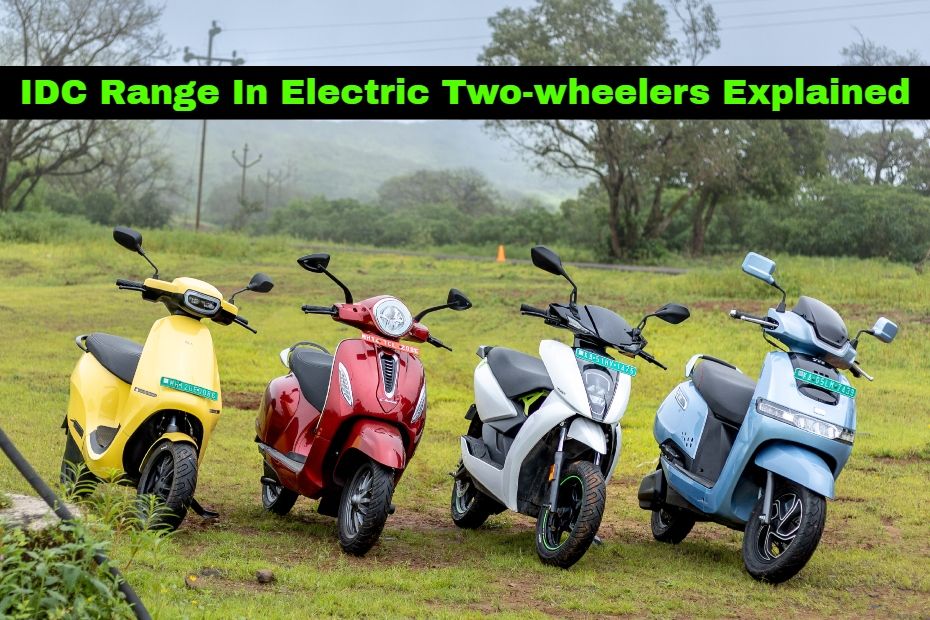Here’s What IDC Range Means In Electric Two-wheelers
Modified On Mar 27, 2023 08:46 AM By Aamir Momin for Ola S1 Pro
- 2690 Views
- Write a comment
The IDC range and real-world range can be really different

Electric two-wheelers have been trending and e-scooters and e-motorcycles have started taking over the market. But in all the features, and specs, what does IDC range in EVs mean? Read on to find out.
IDC range translates to Indian Driving Conditions, sometimes also referred to as Indian Driving Cycle, and is a range test of the EV done on a dynamometer, and not real roads. Two-wheeler manufacturers generally send their vehicles to authorised testing centres, like ARAI or ICAT for testing. These tests are pretty standardised and mostly confined to a laboratory.

The tests try to simulate multiple real-world conditions like temperature, load on the vehicle, and road conditions in the testing lab. But these conditions are simulated in the lab at standard speeds, and throttle input and riding style aren’t taken into account in such tests. While these tests are meant to replicate conditions in the real world, the “real” real world is always different from a “lab” real world. Hence the certified range figure is usually high which is ideal but is usually much lower in the real world. You can think of this range figure as the maximum range achievable if you ride at a constant speed in the highest range mode (usually Eco).
For example, Ola claims an IDC range of 181km on its S1 Pro e-scooter, however, when we tested the e-scooter, we clocked a real-world range of 147.6km. These range figures reduce even further when features like ride modes and speeds are meddled with. Apart from that, the way you handle the throttle of your electric two-wheeler also has a huge impact on the range it offers.
- Ola Electric Announces Massive Refund For Existing Customers
- Here Are All The Two-wheelers May Could Bring
- Watch Video: This Is How You Can Access Your Ather 450X With A Smartwatch
So while you shouldn’t take the IDC range claimed by manufacturers at face value, you can certainly use those numbers as a guide to compare multiple scooters. But even that might not give you a real understanding of an EV’s actual range. But, generally, as a thumb rule, you can take 70 percent of the claimed IDC range as an indication of real-world range.
